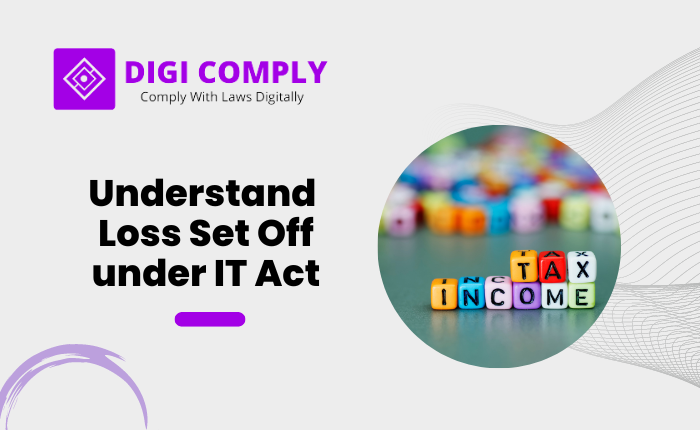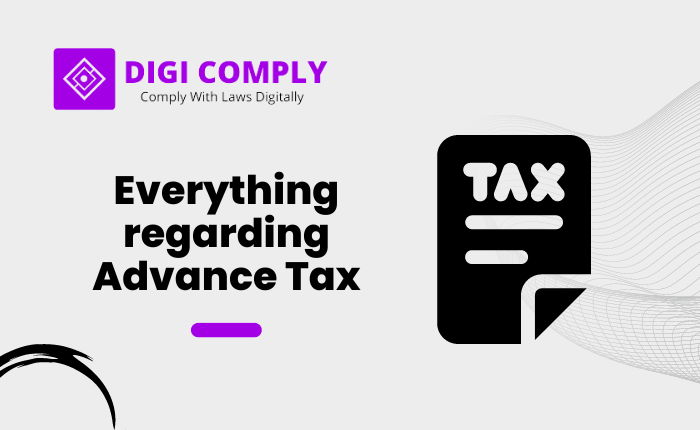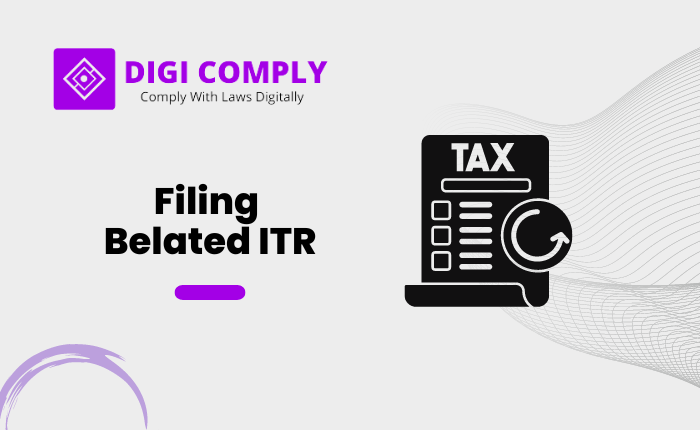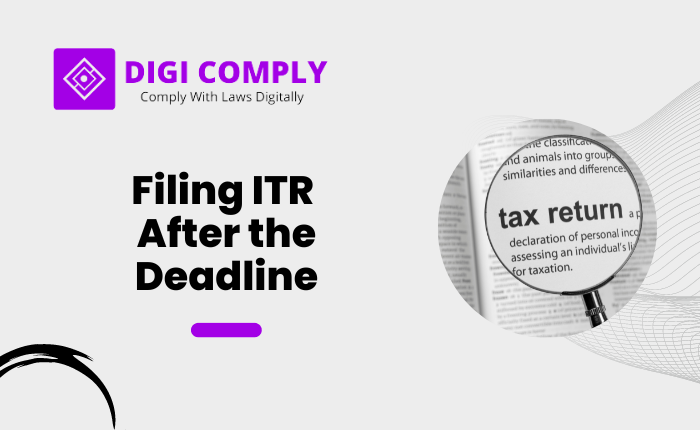
Essential IT Notice for Salaried Individuals
If you happen to make a mistake on your Income Tax Return (ITR) that you filed, don’t be surprised if the tax department sends you a notice. This is basically […]

If you happen to make a mistake on your Income Tax Return (ITR) that you filed, don’t be surprised if the tax department sends you a notice. This is basically […]

Introducing Enhanced Income Tax Return (ITR) In a move to encourage people to follow tax rules, the government brought in the idea of an “enhanced income tax return” in the […]

In the realm of property transactions within India, a vital directive mandates that a purchaser must enact Tax Deducted at Source (TDS) when acquiring an immovable property exceeding the monetary […]

Section 44ADA represents a significant and forward-looking approach within the realm of income tax regulations, specifically tailored to cater to the needs and demands of professionals. This pragmatic provision serves […]

Filing income tax returns can often be a difficult task, but the prospect of a tax refund serves as a motivating factor for many taxpayers. If you’re looking to expedite […]
In accordance with the provisions outlined in the Income Tax Act of 1961, the significance of adhering to the stipulated due date for filing Income Tax Returns (ITRs) cannot be […]

The United Arab Emirates (UAE) is renowned for providing an attractive tax environment, where individuals enjoy the benefit of 0% income tax on their personal earnings. However, this does not […]

The Income Tax Act of 1961 encompasses a comprehensive set of regulations pertaining to income and taxation, including provisions related to the treatment of losses under different income heads. Understanding […]

Advance Tax is a pivotal aspect of the contemporary tax landscape, revolutionizing the traditional method of paying taxes as a lump sum at the end of the financial year. It […]

The Department has recently released new Income Tax Return (ITR) forms for the Assessment Year 2024-2025. In this article, we aim to highlight the key changes in each ITR form […]

Failing to meet the deadline for filing your income tax return for the financial year 2022-23 (Assessment Year 2023-24), which falls on July 31, 2023, might be disheartening, but rest […]

In the world of taxes, it’s crucial for taxpayers to know the consequences of missing the Income Tax Return (ITR) filing deadline. The Income Tax Act, of 1961, has a […]